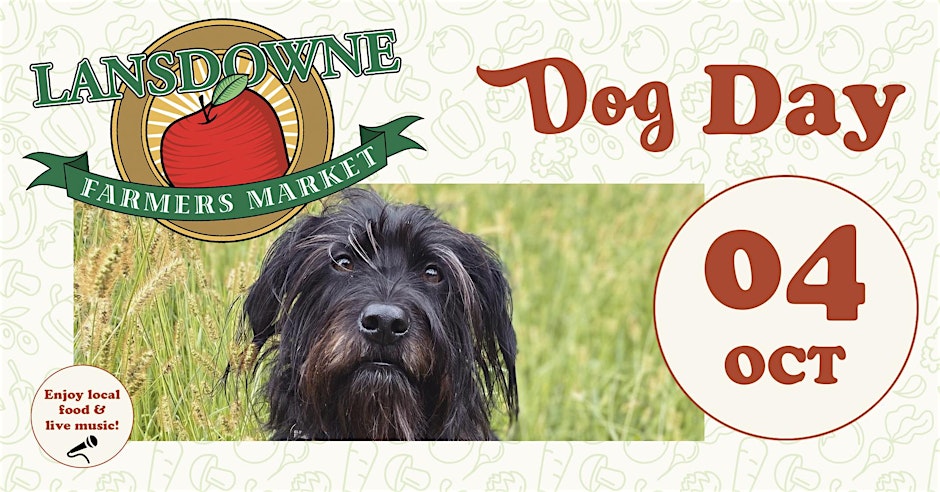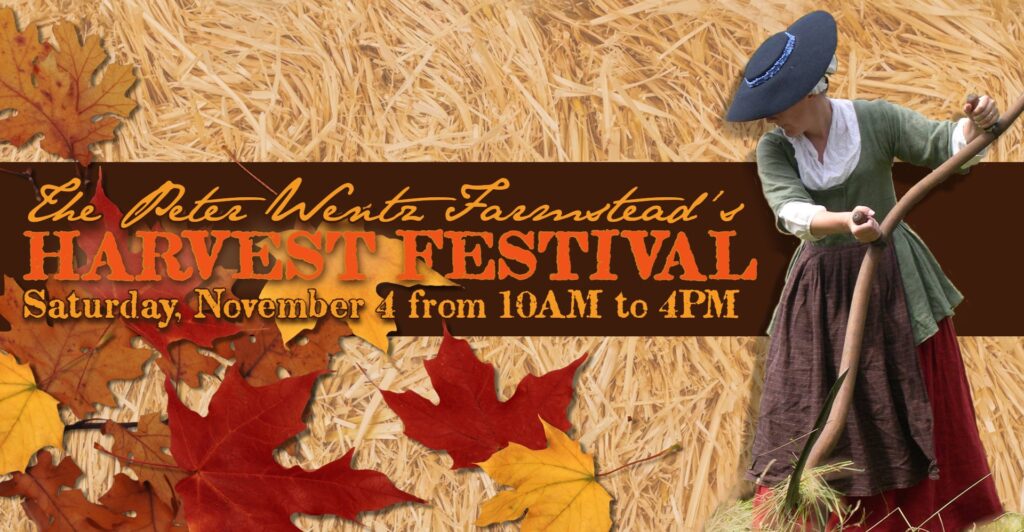Dog Day at the Lansdowne Farmers Market🐾 A Tail-Wagging Good Time! 🐶 Bring your pup and join the fun at Dog Day at the Lansdowne Farmers Market! Whether they’ve got the softest ears, the loudest bark, or just the cutest little face, we’re celebrating all things canine. 🐕 Fun contests for dogs (and bragging rights
MoreGrab your partner and head over to Riverbend’s first-ever BARN DANCE! Lively musicians and a caller will be on hand to provide lively music and dancing instructions. Grab your cowboy boots and get ready to do-si-do the night away. Don’t miss an unforgettable night of fun at Riverbend. All ages and experience levels are welcome!
MoreJoin us with your family to adopt and plant trees at Riverbend. Fall is a wonderful time to plant trees just before it turns colder in the winter months. Planting trees at the preserve helps to provide habitat to local wildlife, combat climate change and helps to maintain our local water supply as the trees
MoreIn collaboration with Bird Town, PA, Riverbend invites you to our Fall Bird Walk. New for the Fall of 2024: We are offering separate start times for adults and families. Adult Bird Walk (12 and up) : 9:00am – 10:30am Family Bird Walk Led by Suzanne Safran: 10:30am – 11:30am Walk with birder and conservationist
MoreDon’t miss your opportunity to explore our Revolutionary past at the Revolutionary Germantown Festival on Saturday, October 5th, 10am to 4pm, rain or shine. Throughout the day, explore the lives and experiences of people from the past, engaging with re-enactors, first-person interpreters and trying your hand at 18th century crafts. Family friendly activities will be
MoreNovember 4th from 10:00 am to 4:00 pm Harvest Festival For a colonial farm family like the Wentzes, the fall harvest was the most important time of the year. Join us as we prepare for the cold 18th century winter during our Harvest Festival! Watch demonstrations of traditional farming practices like cider pressing, corn shelling,
Moreby Peggy Paul Casella Brussels SproutsThe Brussels sprout plant looks like a lanky sea monster: Its thick spine grows straight up from the soil, covered with mini-cabbage “eyes” and dozens of leafy arms. Though the leaves are also edible, like those of fellow Brassicas, the sprouts are the most commonly eaten part of the plant.
MoreNothing but Fruit by Lindsey Walker Apple butter—a sweet, spreadable concentration of apple cider and apple sauce—is a centuries-old method of preserving fresh fruit that serves our appetite for local food and creates almost no waste. It’s “a simple food done incredibly well,” says Michael Holahan, who co-owns the Pennsylvania General Store with his wife,
Moreby Hannah Waters As the November chill sets in, it’s tempting to turn on the heat, lock the doors and curl up under a blanket for the long winter ahead. The reasons to go into an early hibernation practically invent themselves: it’s too cold; bundling up is too burdensome; the couch cushions are too alluring.
MoreVintage Shops As cooler weather approaches and you’re ready to switch over your wardrobe, you can find everything you need at Philadelphia’s growing cadre of vintage shops. A more sustainable choice than a run for cheap goods at a national chain, you’ll find handmade sweaters, fall boots, fancy holiday dresses and all the flair you
More





